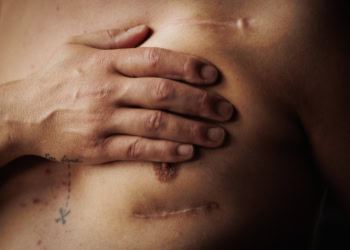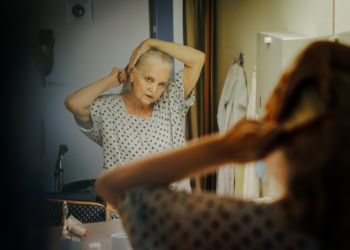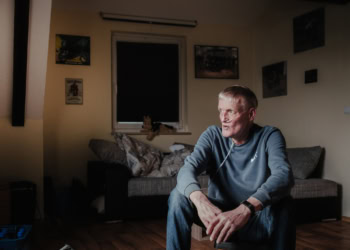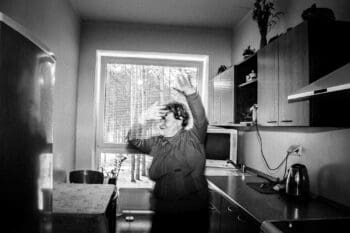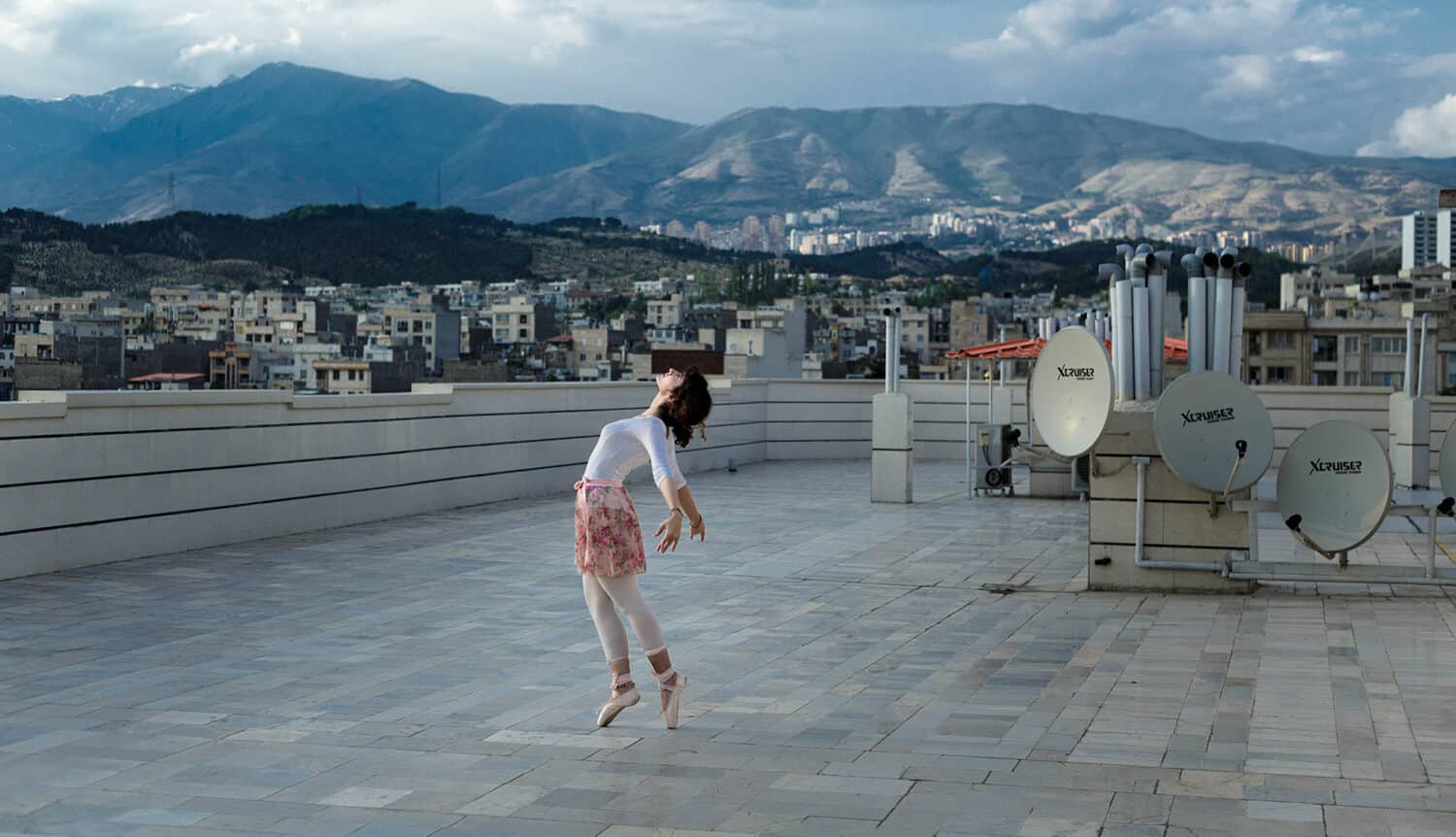 Yasamin (22) on the roof of her house in Tehran.
Yasamin (22) on the roof of her house in Tehran.
“For a long time, parents in Iran believed good girls didn’t dance in public.”  Shirin Abedi returns to her native Tehran for a report on ballerinas.
Shirin Abedi returns to her native Tehran for a report on ballerinas.
After the Islamic Revolution of 1979, a ban on dancing was enacted in Iran. Despite this, or perhaps because of it, Shirin Abedi is fascinated by the subject. She researches for months. But at first she doesn’t dare to take pictures. Because dancing is still not a matter of course for young women in Iran today. “For a long time, parents in Iran believed good girls didn’t laugh or dance in public,” the photographer said. But with the new generation comes a rethinking of society.
One day she comes across the Instagram channel of the Iranian ballet group “Alternative Motion”. She knows that she really wants to photograph the subject. This eventually led to the photo series “May I have this dance”, which would later win numerous awards, including the Felix Schöller Award, the German Youth Photo Award and the ProfiFoto New Talent Award.
In 2021, Shirin will graduate from Hanover. When she looks back on her studies, she remembers: “The lecturers taught me a lot for my whole life. It was her studies that allowed her to really become herself. Her photographs are published in Stern, on Zeit Online, and in brandeins.
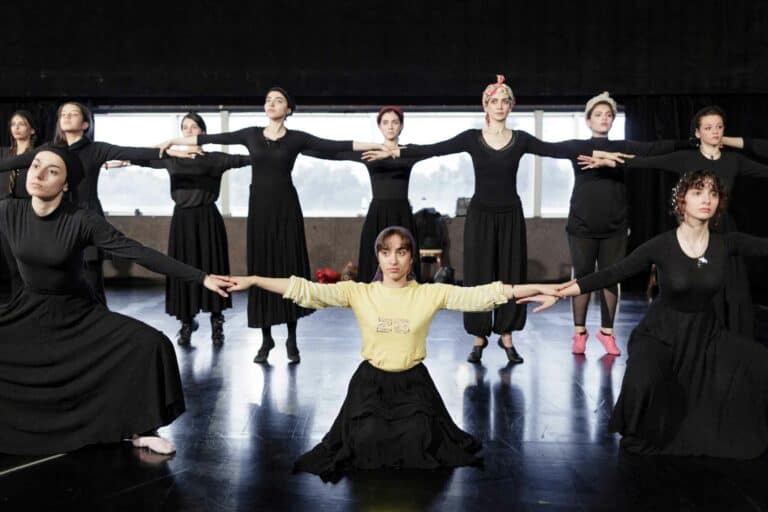
The group “Alternative Motion” rehearses for a show that is later cancelled. Iranian media circulated a video of the dance rehearsals shortly before the premiere. This caused sharp criticism.

Mojdeh often shares videos of her dancing or training on Instagram. For her, this is one of her few joys. For her safety, she keeps her account private – other Iranian dancers have been arrested for their dance videos.
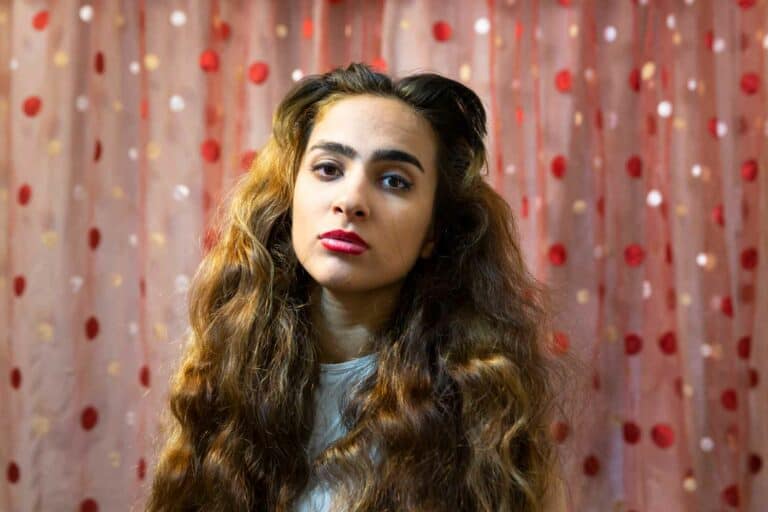
“If they take dance away from me, it’s like they’re taking my life.” — Mojdeh (20) dreams of becoming a professional ballet dancer.
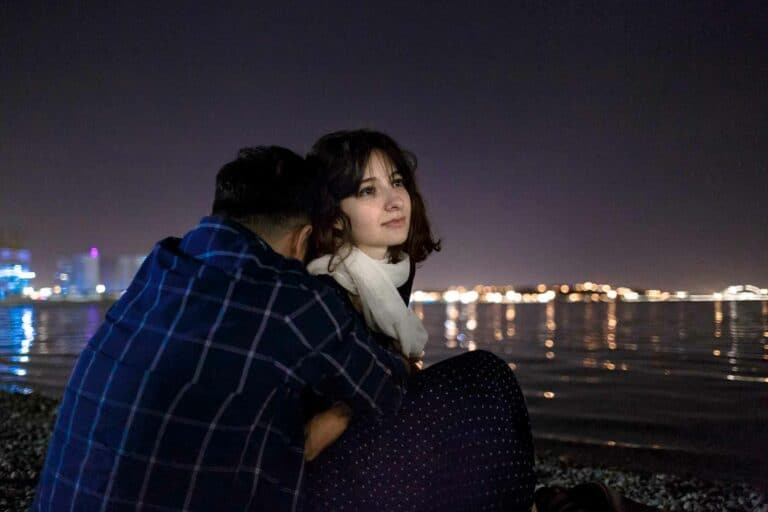
Yasamin (22) spends her evening with her boyfriend at an artificial lake in western Tehran. In the past, couples could be arrested for this by the morality police.
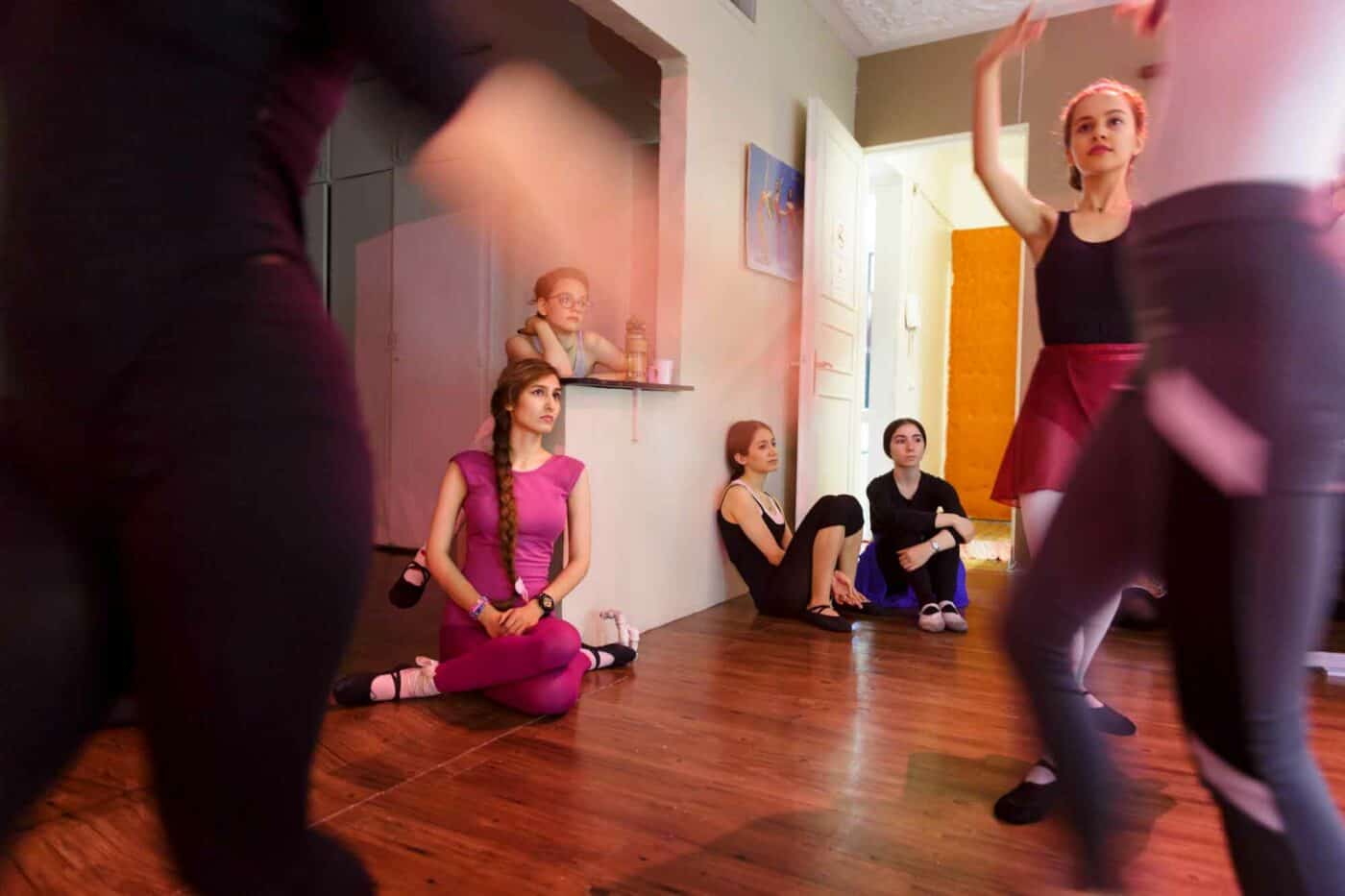
According to Iranian national media, these women are a tiny minority.
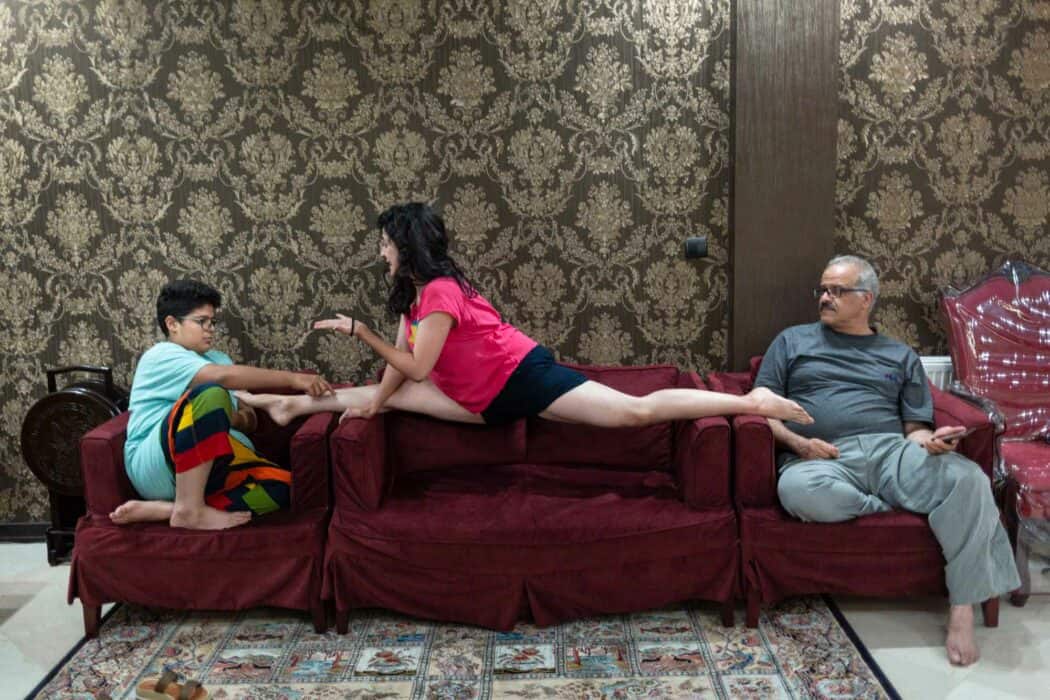
“I had to fight with my parents for my freedom.” Reyhaneh does the splits on the sofa while her brother tickles her. By now, Reyhaneh’s parents even ask her to dance at family gatherings.
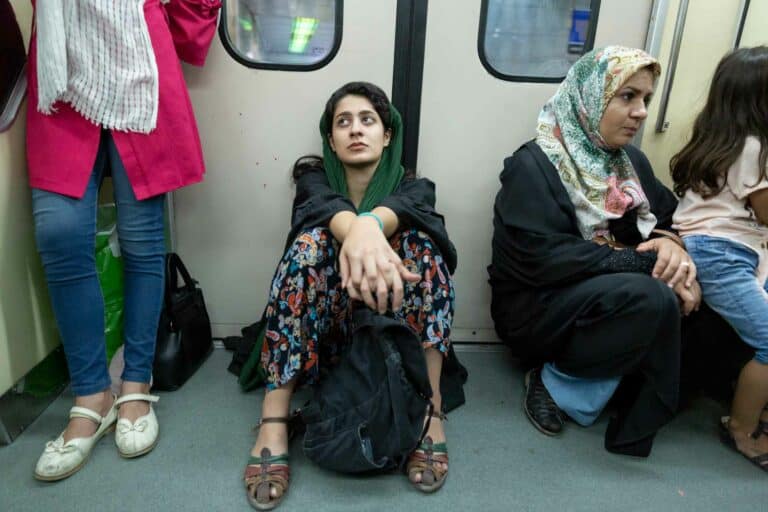
Reyhaneh sits on the floor of the Tehran subway after a long day at work.
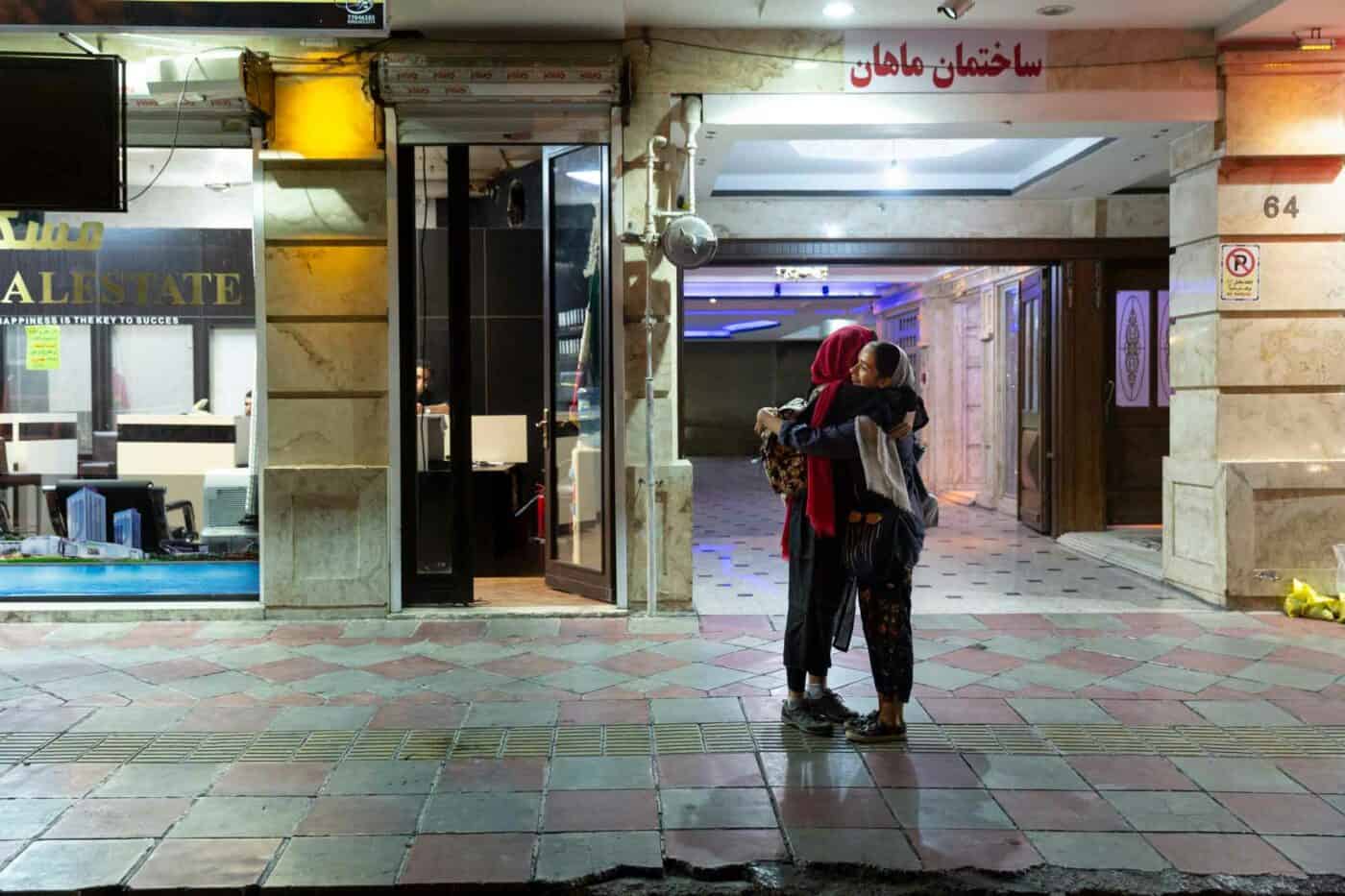
After a yoga class, Reyhaneh hugs her friend. The two have known each other since middle school.
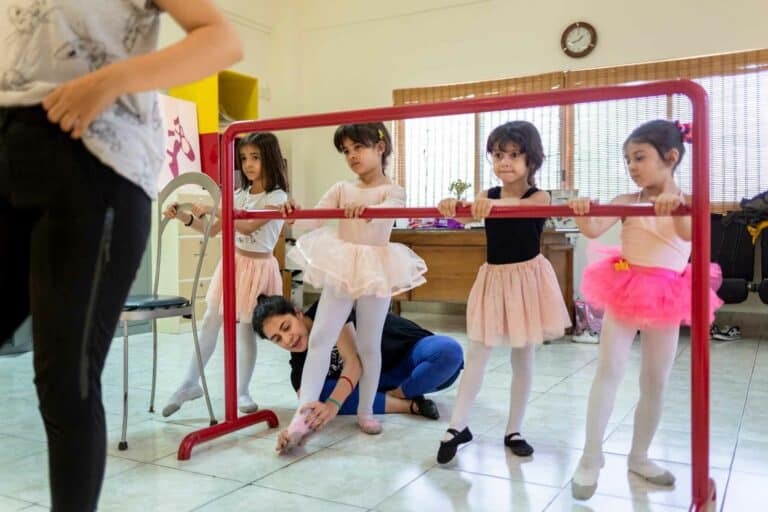
Reyhaneh teaches several times a week and, in turn, spends her income on dance lessons and travel.
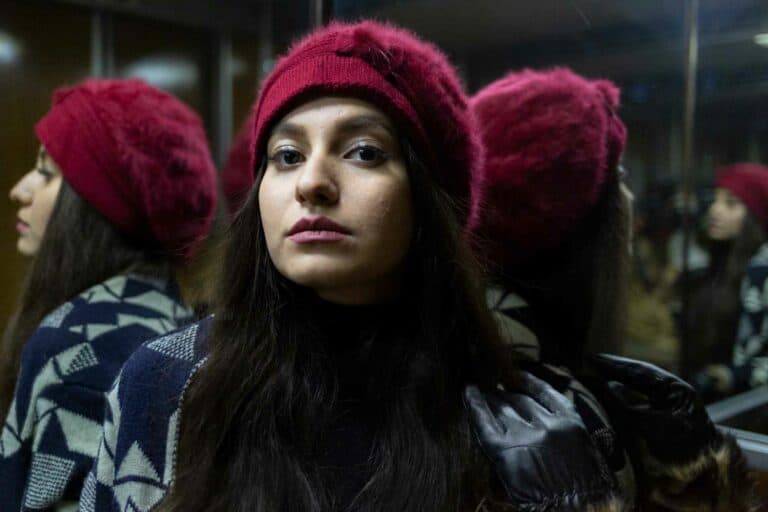
Elham finds that Islam and ballet are not contradictory. She did not find a good ballet teacher in her city. Therefore, she flies to Tehran every Friday to attend dance classes. To receive training on an international level, she travels to Armenia and Georgia.
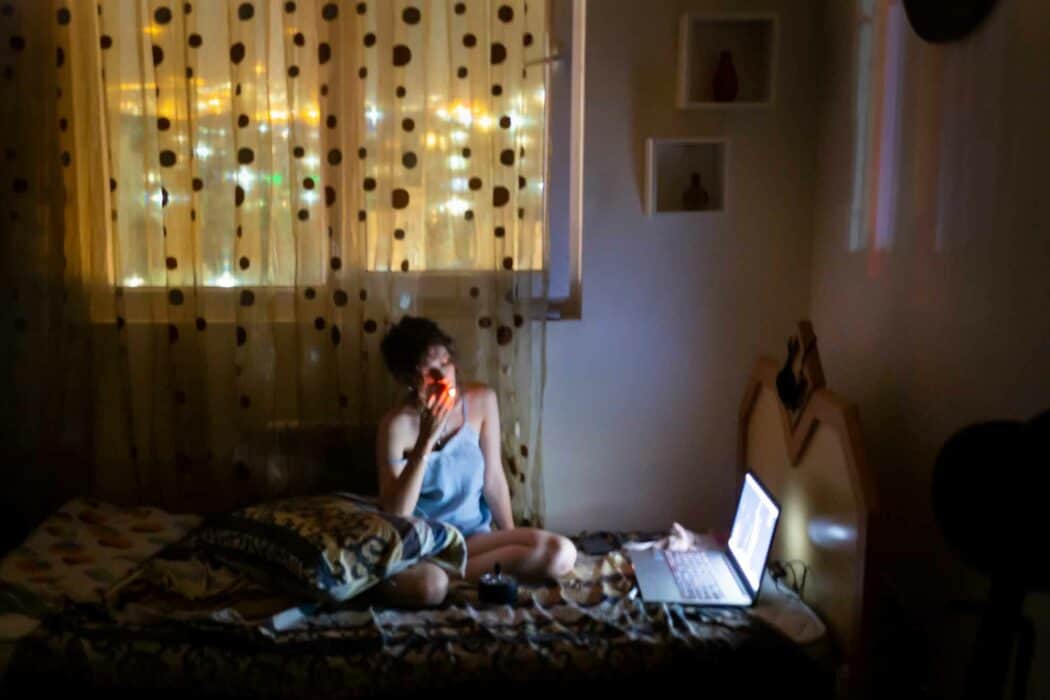
Although Yasamin’s mother is a practicing Muslim, she fully supports her daughter.
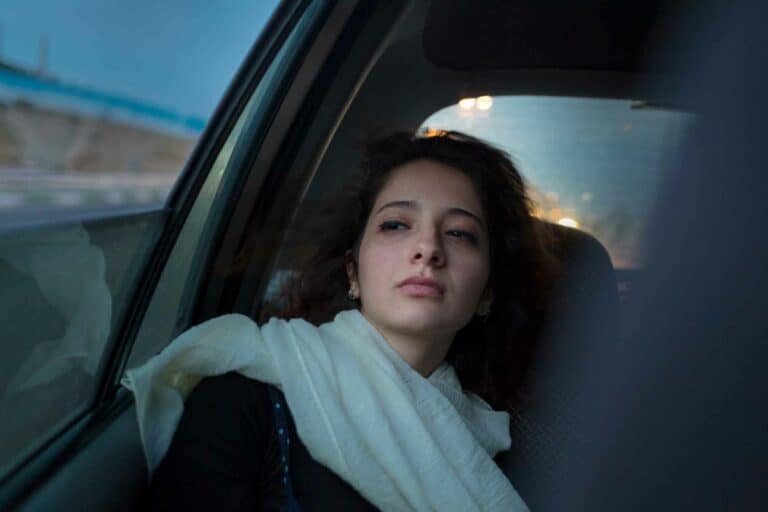
Perhaps the saddest thing about ballet dancing in Iran is that fathers can never attend their daughters’ performances.
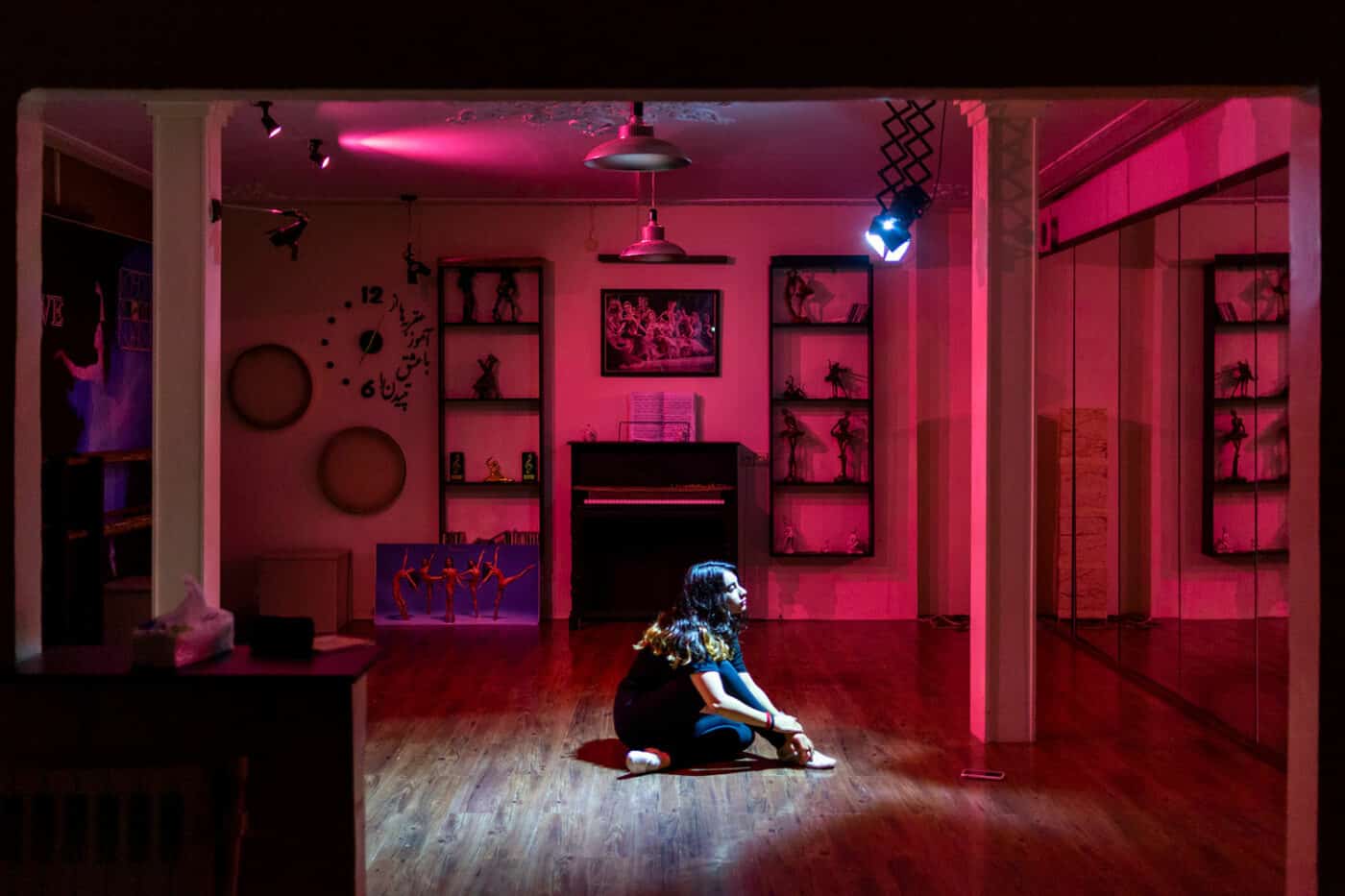
Nona (18) is studying chemistry in Tehran, but she is very determined to pursue a career as a dancer: “Before I went on stage at my last performance, I realized that this is all I want to do in my life,” she says.
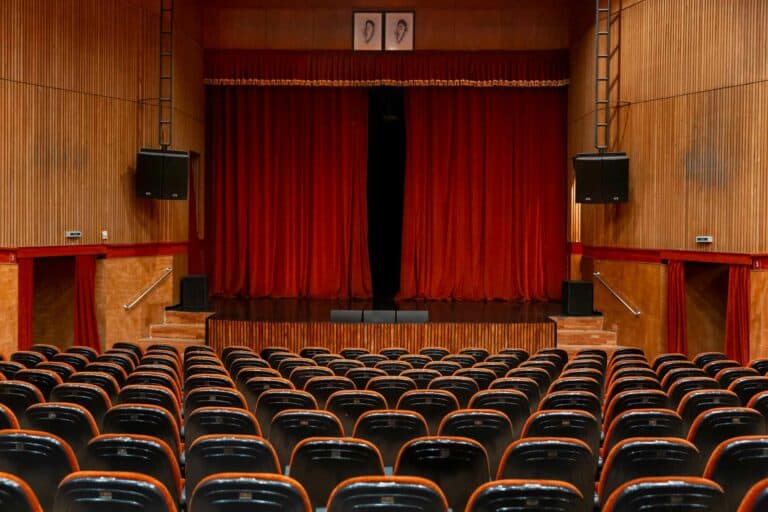
True, there are performances with dancing and singing for women in Iran. However, there are no pictures of such events: All bags are checked at the entrance, cell phones and cameras have to be handed in.
Your contact partners will be happy to assist you with your personal concerns. However, due to the large number of enquiries, we ask you to first check our FAQ to see if your question may already have been answered.
Dean of Studies, Design and Media department
Programme representative
Application and admission procedure
Hochschule Hannover
Faculty III – Media, Information and Design
Expo Plaza 2
D-30539 Hanover

